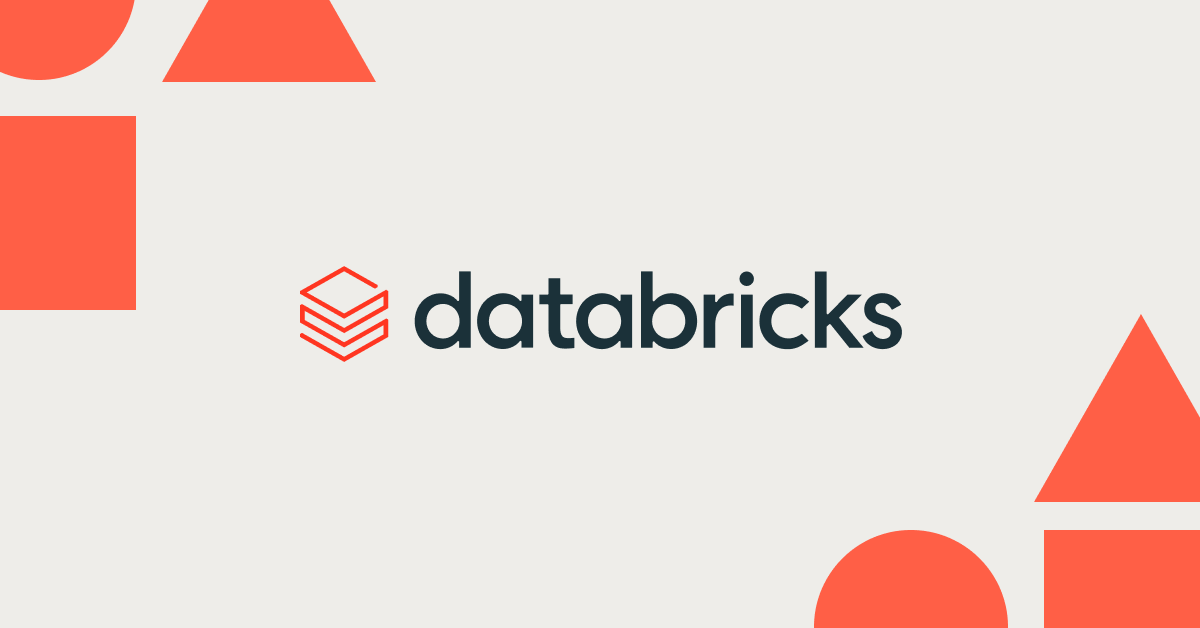
Databricks envisions a future where data and AI are accessible and usable by every organization and individual, transforming the way decisions are made and innovation is driven worldwide. We are building a unified Data Intelligence Platform that breaks down barriers between data lakes and warehouses, making data management and AI integration seamless and scalable across industries.
Our mission is to democratize data and AI through pioneering open lakehouse architecture, empowering enterprises to harness their data's full potential with automation, natural language-driven analytics, and cutting-edge AI technologies. By bridging complex data environments with intuitive tools, we enable organizations to accelerate insights and enhance collaboration beyond traditional boundaries.
At Databricks, we are shaping the future of data-driven intelligence, fostering a community and ecosystem that propels enterprise-scale AI and analytics into the mainstream, creating impactful solutions that drive progress in technology, business, and society.
Our Review
We'll admit it: when we first heard about Databricks, our reaction was "another data platform?" But after diving deep into what they've built, we're genuinely impressed. This isn't just another company trying to solve the data mess — it's the brainchild of the very people who created Apache Spark at UC Berkeley.
What makes Databricks special isn't just their tech (though that's solid). It's their origin story and how they've evolved from academic research into something that over 60% of Fortune 500 companies actually use.
The Academic Edge That Actually Matters
Here's what caught our attention: Databricks was founded by seven Ph.D. students who weren't just theorizing about big data — they were the ones who built Apache Spark in the first place. When Matei Zaharia and Ali Ghodsi left Berkeley's AMPLab in 2013, they weren't starting from scratch.
They'd already seen the pain points firsthand. Apache Spark was powerful but had no commercial support, inconsistent code quality, and was frankly a nightmare to deploy at scale. So they built what they wished existed — a commercial platform that actually works reliably.
The Lakehouse Breakthrough
We've seen plenty of companies promise to "unify data lakes and warehouses," but Databricks actually pulled it off with their lakehouse architecture. Instead of forcing you to choose between the flexibility of data lakes or the performance of warehouses, they created something that gives you both.
What's clever is how they've wrapped this in a Data Intelligence Platform that doesn't just store and process data — it uses generative AI to help you understand it. We're talking natural language queries and AI-assisted code completion that actually saves time.
Who This Really Works For
While Databricks markets to everyone, we think they shine brightest with mid-to-large enterprises that have complex data needs. Companies like Shell, Rivian, and Comcast aren't just using this for basic analytics — they're running mission-critical AI models and real-time data processing.
If you're a startup or small business, the platform might feel like overkill. But if you're dealing with multiple data sources, need serious scalability, and want your data scientists and engineers to actually collaborate (instead of working in silos), this is where Databricks excels.
The Open Source Advantage
Here's something we really respect: Databricks hasn't forgotten their open-source roots. They still contribute heavily to Apache Spark, Delta Lake, and MLflow. This isn't just good karma — it means you're not locked into a proprietary system that could leave you stranded.
The fact that over 1,200 cloud and consulting partners work with their platform tells us this isn't a walled garden. It's a genuine ecosystem that plays well with others.
Unified Data Lakehouse Architecture
Data Intelligence Platform
Generative AI and Natural Language Processing for Data Discovery
Integration with Cloud Storage and Security
Open-source Contributions (Apache Spark, Delta Lake, MLflow, Unity Catalog)
FAQs
AI Engineer - FDE (Forward Deployed Engineer)




AI Engineer - FDE (Forward Deployed Engineer)




AI Engineer - FDE (Forward Deployed Engineer)




Delivery Solutions Architect - Communications, Media, Entertainment and Gaming










